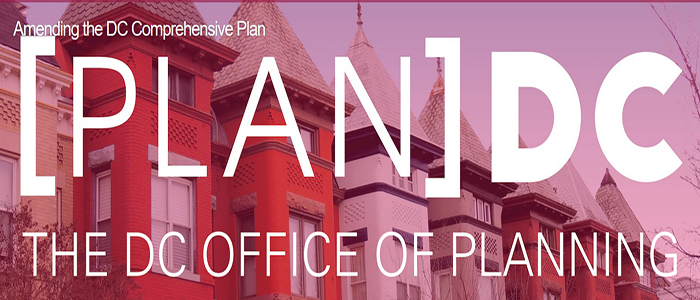Affordable housing is urgently needed nationwide. And Mayor Muriel Bowser’s affordable housing market approach for Washington, D.C. is path-breaking.
Working-class residents have been forced out of the District at alarming rates for years, fraying the very fabric of our population. Here’s the lowdown on the Comprehensive Plan for the National Capital (“Comprehensive Plan“).
How Much “Affordability” Can We Expect to See?
This year, the mayor has announced a goal of 12,000 new affordable homes in the city by 2025. “Affordable” means rents are subsidized to stay below 30% of household income. This is only one phase of a larger goal: to keep up with growth by adding 36,000 homes to the city over the coming two decades. But the 12,000 starting goal is extremely significant, considering where these new housing units will be made available. D.C. areas with the least amount of affordable housing will get the most subsidized units over the next five years. This approach makes D.C. a leader in creating city-wide housing opportunities.
Financial Desegregation?
Today, half of D.C.’s subsidized housing is east of the Anacostia River. The Office of Planning, in collaboration with D.C.’s Department of Housing and Community Development, studied this situation. The result? A Housing Equity Report that prompted a new approach to affordability. The existing placement of the city’s affordable housing, the report found, echoes a “legacy of racially discriminatory and exclusionary policies” from the 1900s. Similarly, a University of Minnesota study found that, in this decade, the cities of Los Angeles and Washington, D.C. have had the most widespread displacement of low-income people. Now, Mayor Bowser’s on a mission to disrupt concentrated poverty and to increase educational and social opportunities for all city residents. In the new approach, to ensure an economically diverse future, 15%+ of housing in every area of D.C. will be made affordable.
Here Are the Nuts and Bolts
The Comprehensive Plan relies on development rules and incentives, such as Inclusionary Zoning. Work will involve:
- New construction.
- Protection of existing, unsubsidized affordable housing
- Subsidies or vouchers to help residents afford to live in existing buildings.
Obtaining private and public funds for 12,000 units won’t be easy. Buying, conserving, and subsidizing a typical apartment building costs millions.
Each Planning Area Will Get a Specific Number of Affordable Units
Because ward boundaries can change every 10 years when the census changes, the Comprehensive Plan can’t work by ward. So the planning office has broken down the city into ten geographic areas. For example, the Upper Northeast, as well as Mid-City and Rock Creek East, are the planning areas covering neighborhoods within Ward 5. In Rock Creek East, an impressive 1,500 new affordable units will join the current total of 2,650 subsidized units.
The Planners Expect Resistance…
The plan will change Capitol Hill and the Rock Creek enclaves significantly. It will bring 1,990 affordable units to Rock Creek West by 2025—aggressively ramping up the current total of 470 affordable homes in the section of the City that encompasses Chevy Chase and Spring Valley. Some residents will resist change. The mayor has urged developers to proceed under the plan anyway. Hoping to prevent some litigation, the city recently approved provisions to make it harder to win lawsuits against zoning decisions.
And We’re Invited to Make Our Voices Heard
Funding the plan will, for many newly affordable homes, require City Council approval and backing from residents. Public review will continue through December 20 (and extend through January 31 for Advisory Neighborhood Commissions’ input). We can all attend community meetings on the plan.
Save the Date for the Meeting in Ward 5
When: November 23, 10am-12pm
Where: Luke C. Moore Academy, 1001 Monroe St. NE
The Plan is a work in progress. No doubt, city planners nationwide will be observing our responses.


















Add comment